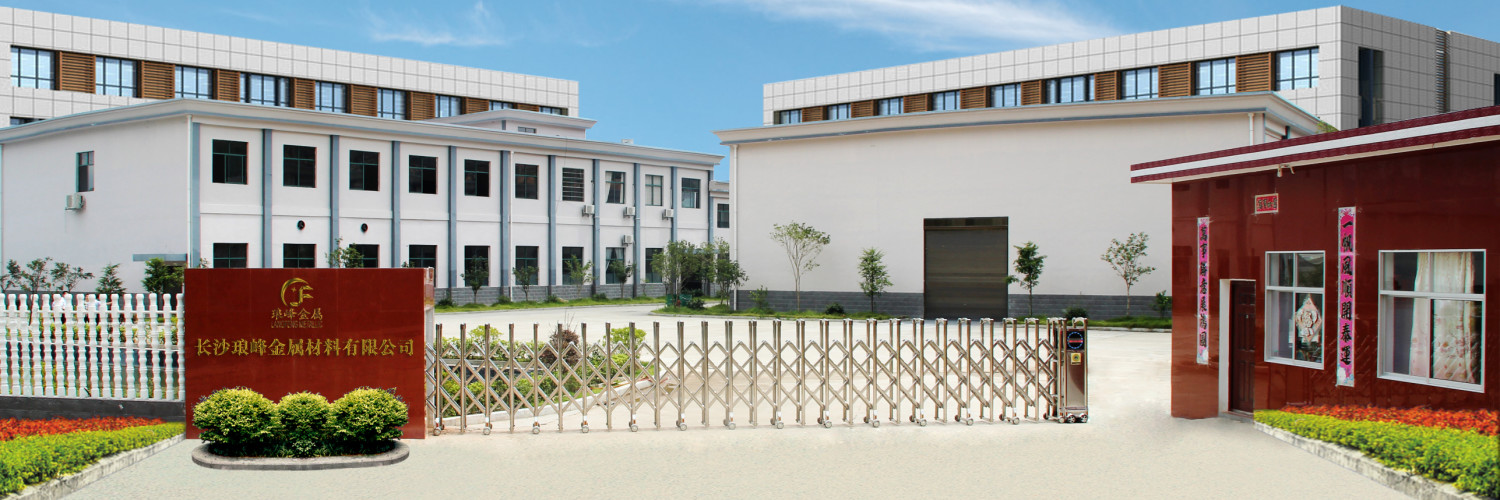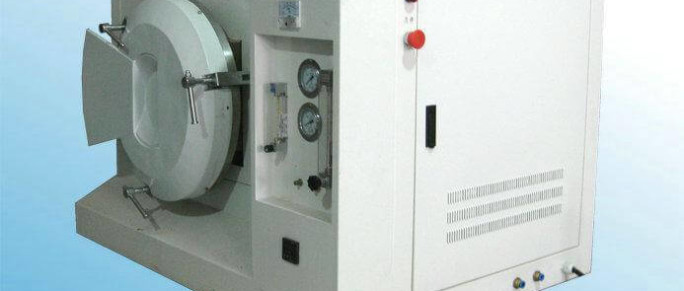Microwave sintering is a kind of method to make use of microwave heating material sintering ,which is extensively developed in recent years as a new sintering technology. Compared with conventional sintering, microwave sintering with a low sintering temperature, short time, heating uniformity and other characteristics, can inhibit grain growth, refinement of the microstructure of the alloy, help to improve the properties of the sintered body. Microwave sintering technology was introduced more than 30 years in the field of materials science, but it’s kind of a sintered material is limited.
In the 1990s, the technology to basic research,Practical and industrial development, and the ceramic sintering party and widely used. The late 1990s, Rov and other successful sintering of Fe, Cu, Ni, Co, Fe-Cu and Fe-Ni alloy metal powder metallurgy material.
At present, microwave technology has been involved in hard alloy, magnetic materials, 316 l stainless steel, a diamond composite CuTi and Mg/Cu nano composite material of sintering, etc. Especially the microwave sintering and metal and alloy synthesis has become a research hotspot.
Powder metallurgy Fe – Cu – C material widely used, is the main material of iron-based powder metallurgy structural parts. In a traditional way of resistance heating sintering the alloy technology already quite mature, people also has carried on the preliminary exploration to by microwave sintering process, but its comprehensive performance is not very ideal.
Here, the authors wood to restore iron, copper powder and graphite as raw materials of different microwave sintering temperature on Fe-Cu-C alloy properties, and compared with conventional microwave sintered alloy resistance heating hydrogen sintering (hereinafter abbreviated Called conventional sintering) the mechanical properties and microstructure of the alloy in order to provide experimental basis for improving the performance of microwave sintering Fe-Cu-C alloy.


Be the first to comment on "Microwave sintering Fe-Cu-C performance at different temperatures"